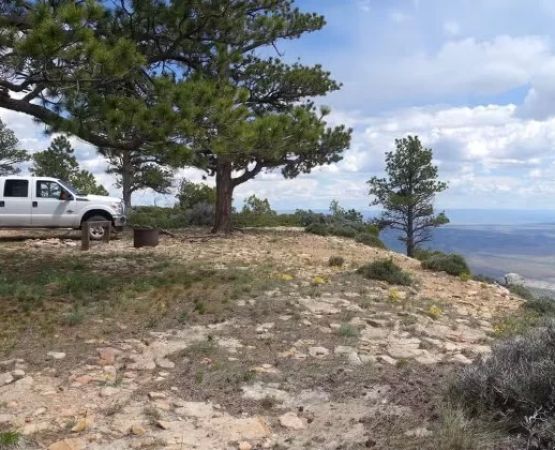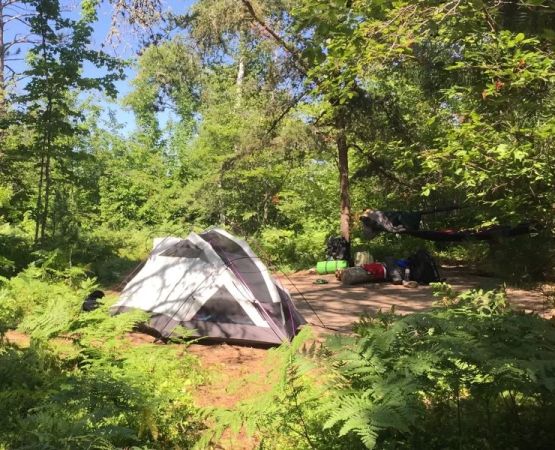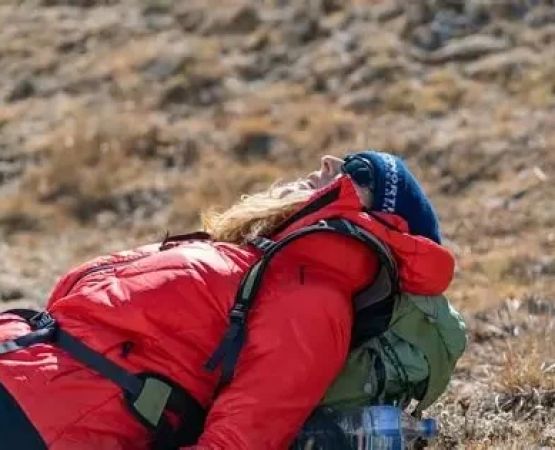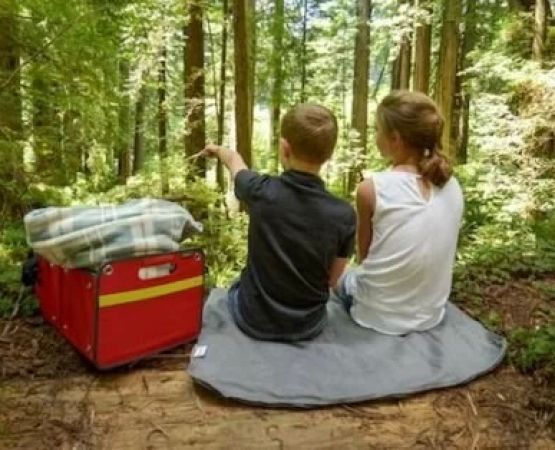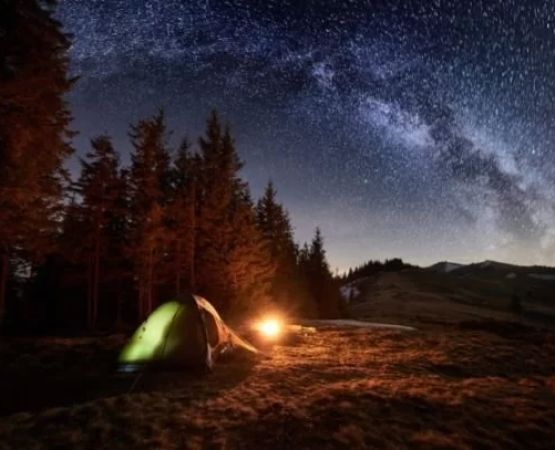- 1 - Importance of Navigation—why-learning-to-navigate-without-gps-matters
- 2 - Map Reading Basics—understanding-topographic-details-and-symbols
- 3 - Using a Compass—building-confidence-in-direction-finding
- 4 - Real Case—story-of-a-hiker-finding-his-way-without-technology
- 5 - Advanced Techniques—natural-signs-and-trail-orientation
- 6 - Pine Cliff Resort—your-trusted-partner-in-outdoor-adventures
1. Importance of Navigation
How to navigate maps & trails without GPS reliably is a skill every outdoor enthusiast should master. Technology can fail—batteries die, signals vanish, and devices break. But with the right preparation, you can rely on timeless techniques to find your way. These skills are not only useful in emergencies but also deepen your appreciation for the landscape, allowing you to move with confidence and independence.
1.1 Building Outdoor Confidence
Knowing you can navigate without relying on a device gives you a sense of freedom and safety. It transforms an intimidating backcountry experience into an empowering adventure.
2. Map Reading Basics
At the heart of map reading skills is the ability to interpret contour lines, landmarks, and scale. A topographic map shows elevation changes, rivers, ridgelines, and man-made features. Recognizing these symbols helps you visualize the terrain before setting out.
2.1 Practical Application
Before heading out, practice by tracing possible routes on a printed map. Marking checkpoints like trail junctions or streams helps build a mental map you can carry with you on the trail.
3. Using a Compass
A compass is the most reliable tool for orientation. By aligning the compass with a map, you can set bearings and follow precise directions. Even in poor visibility, such as fog or heavy forest, a compass allows you to stay on course.
3.1 Mastering Bearings
Learning to take and follow bearings is key. Practicing at local parks or trails builds muscle memory, so when you need the skill in the wilderness, it feels natural.
4. Real Case
In 2023, a Colorado hiker shared online how she lost her GPS signal during a multi-day trek. Instead of panicking, she relied on her compass and pre-marked paper map. By matching landmarks like a nearby ridgeline and a waterfall, she successfully reoriented herself and reached camp safely. Her story became a reminder across outdoor communities that traditional navigation is still life-saving.
5. Advanced Techniques
Beyond maps and compasses, nature itself offers clues. The position of the sun, the growth of moss on trees, and the direction of flowing streams can guide your path. Trail orientation also comes from paying attention to small details: footprints, cairns, or even changes in vegetation that indicate a well-traveled route.
5.1 Combining Tools and Instincts
The best navigators combine traditional tools with observation. Over time, these instincts develop, making travel through unfamiliar terrain smoother and safer.
6. Pine Cliff Resort
If you want to practice how to navigate maps & trails without GPS reliably, Pine Cliff Resort 【 】 provides access to trails, training opportunities, and outdoor gear recommendations. Whether you’re a beginner or an experienced trekker, Pine Cliff Resort 【 】 helps you build the skills and confidence needed for unforgettable adventures.

